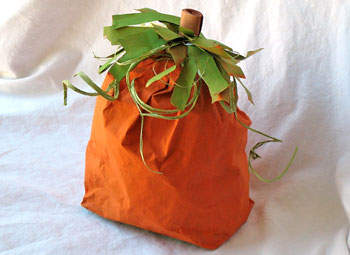
It began back in November with our iModannari after Rothko who thought that the greatest paintings were the ones that captured a moment of stillness. What better way to enter into the Thanksgiving season.
Rothko painted rectangles. But he blurred the edges so the shapes seem to float. the saturations of color he offers seem veiled somehow, adding to the contemplative nature of his work.
He was born at the dawn of the 20th century in Latvia and when he was ten his family emigrated to America. Later he studied painting at Yale University and then became part of "The Ten"— a group of expressionistic artists who rallied behind abstract art.
After returning from the Thanksgiving break, we didn't have the heart to white out the sidewalk patch dedicated to iModinnari, so artist-in-residence, Taylor suggested we try a mashup.

In steps El Greco—painter sculpture, architect of the Spanish Revolution. Born in crete in 1541, and trained to become a master of Byzantine style art. But, as with all legendary artists, he soon departed from that style, breaking rules to bring shape to a voice that is uniquely his own. His expressionistic, dramatic style influence the likes of Picasso, and reached into the work of Rothko.

Are you catching the vision? Use the Rothko as the backdrop to host our interpretation of the El Greco.

The result is miraculous! Took my breath away. The students were able to capture something of the El Greco, while simultaneously letting the Rothko shine through.
Chalk pastels, a willingness to get your hands dirty, and the patience to look closely to discover how shapes and lines, and darks and lights work together to communicate an idea—that's all there is to it. You, too, can make a mashup. Step outside and give it a try. And if the weather outside is frightful, find a large piece of cardboard (the size of a refrigerator box works great), prep it with a couple coats of white tempera paint, and off you go!
And keep Rothko in mind as you do: “Pictures must be miraculous"
Enjoy the miraculous process of making art.
-Kim









